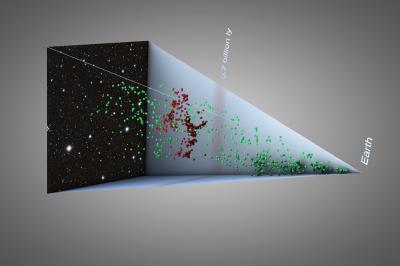
"Matter is not distributed uniformly in the Universe," says Masayuki Tanaka from ESO, who led the new study. "In our cosmic vicinity, stars form in galaxies and galaxies usually form groups and clusters of galaxies. The most widely accepted cosmological theories predict that matter also clumps on a larger scale in the so-called 'cosmic web', in which galaxies, embedded in filaments stretching between voids, create a gigantic wispy structure."
These filaments are millions of light years long and constitute the skeleton of the Universe: galaxies gather around them, and immense galaxy clusters form at their intersections, lurking like giant spiders waiting for more matter to digest. Scientists are struggling to determine how they swirl into existence. Although massive filamentary structures have been often observed at relatively small distances from us, solid proof of their existence in the more distant Universe has been lacking until now.



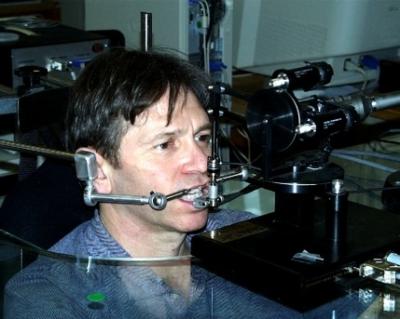
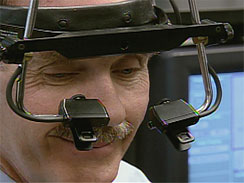
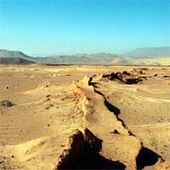
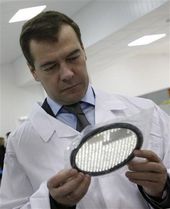





Comment: Read also, The Art of Deception, for a view on how the evil magicians of our times use their tricks to control us and render us helpless and hopeless under their spellbinding lies.